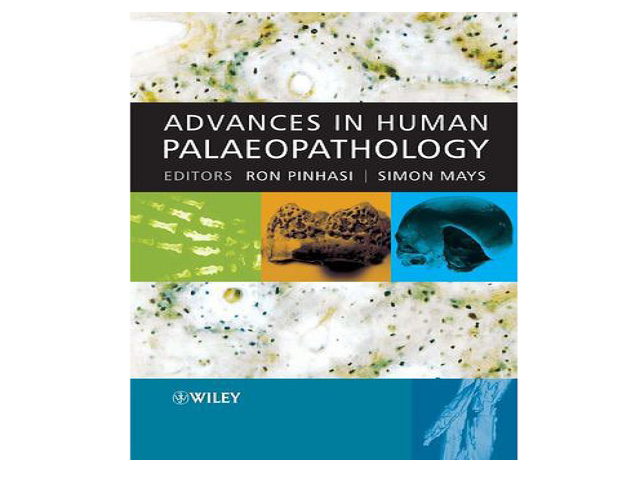Pinhasi, R.& Mays, S. (eds.). 2008. Advances in Human Palaeopathology. – Hoboken, John Wiley & Sons, Ltd.
Abstract
Paleopathology, as a science, has a deep and rich history, and most so for that which is focused on humans. Cases of pathologies in mummies, ancient buried skeletons, and even simply historical records are abundant, and have been praised not just for helping us understand the history of disease, but also in the role they play in humanizing history and historical figures. But this focus on cases has resulted in little available literature and direction in methods that are not simply the methods used by modern pathologists. While the interpretation of paleopathologies has had some very helpful standardization (Buikstra & Ubelaker, 1994), as well as discussions on theoretical limitations and opportunities in how they should be interpreted in animals in an evolutionary context (Beatty & Heckert, 2009, Beatty & Rothschild, 2009, Beatty & Dooley, 2010, Wolff, 2008, Wolff, 2009), methodologies used with modern technologies are largely relegated to the primary literature. In Pinhasi and Mays’s recent edited volume, “Advances in Human Palaeopathology”, we get a comprehensive collection of all the most up to date reviews on modern methods used in paleopathology of ancient humans. The book is organized in two parts: Analytical Approaches in Palaeopathology (chapters 1-9) and Diagnosis and Interpretation of Disease in Human Remains (chapters 10-16). Here I will review these chapters for their content and how they





